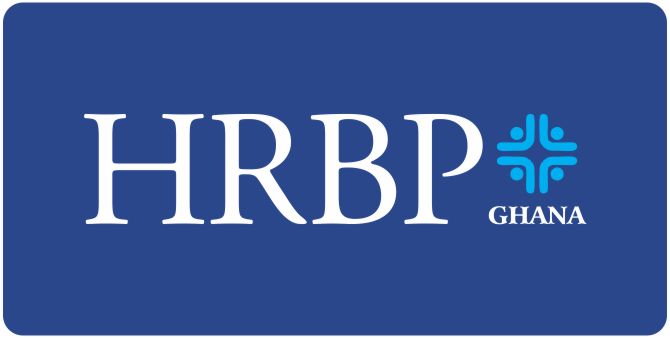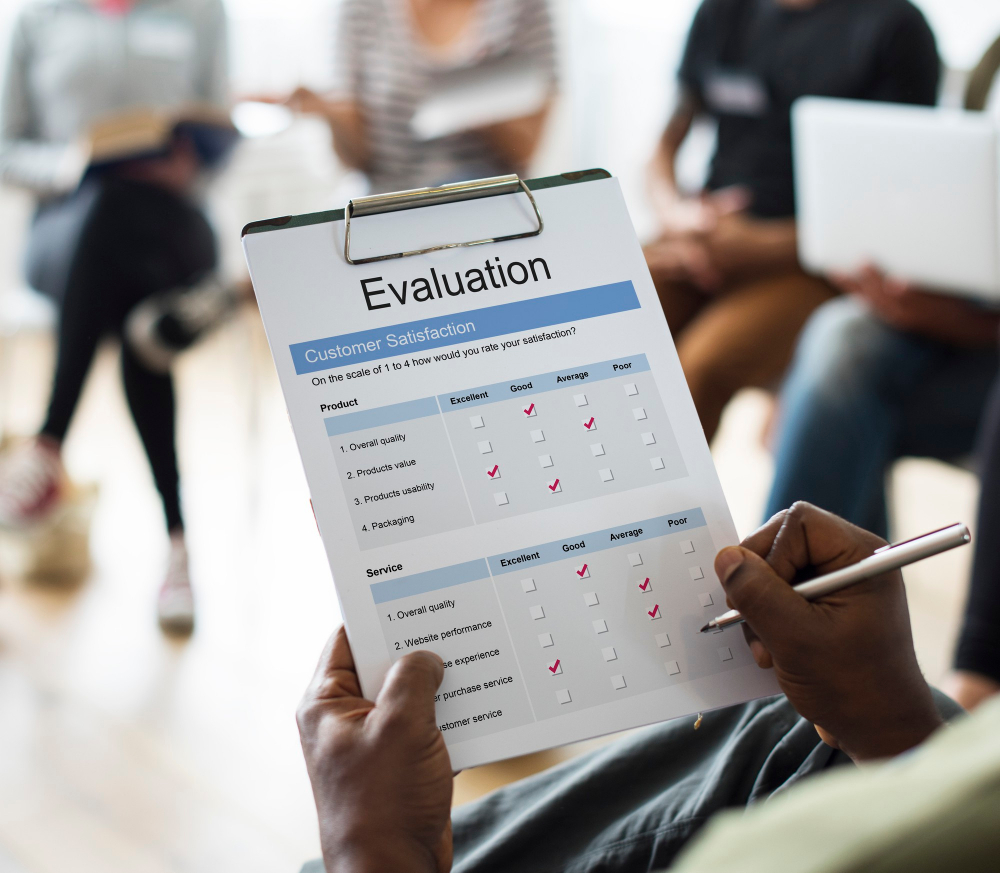Managing employee performance is an essential part of running a successful organization. Effective performance management ensures that employees are meeting their goals, developing their skills
and contributing to the success of the organization. In this article, we will discuss some tips and best practices for managing employee performance.
- Set Clear Expectations
The first step in managing employee performance is to set clear expectations. Employees need to know what is expected of them, what their goals are, and how their performance will be evaluated. This should be done in writing, and should be communicated to employees at the beginning of each performance cycle.
- Provide Feedback Regularly
Providing regular feedback is essential for managing employee performance. Employees need to know how they are doing, what they are doing well, and where they can improve. Feedback should be given in a constructive and respectful manner, and should be based on specific examples of performance.
- Use SMART Goals
Setting SMART goals can help to ensure that employees are working towards specific, measurable, achievable, relevant, and time-bound objectives. SMART goals should be aligned with the company’s overall goals and should be challenging but achievable.
- Provide Training and Development Opportunities
Providing training and development opportunities is important for managing employee performance. Employees need to have the skills and knowledge necessary to perform their jobs effectively and to develop their careers within the organization. Training and development opportunities should be tailored to each employee’s individual needs and should be aligned with the company’s overall goals.
- Conduct Performance Reviews
Conducting regular performance reviews is essential for managing employee performance. Performance reviews should be conducted at least annually and should be based on the employee’s goals and objectives. Reviews should be a two-way conversation, with the employee having the opportunity to provide feedback and input on their performance.
- Use a Performance Improvement Plan
If an employee’s performance is not meeting expectations, a performance improvement plan (PIP) can be used to help the employee get back on track. A PIP should include specific, measurable, achievable, relevant, and time-bound goals, and should provide the employee with the resources and support necessary to improve their performance.
- Recognize and Reward Performance
Recognizing and rewarding performance is important for managing employee performance. Employees who perform well should be recognized and rewarded for their achievements. Rewards can take many forms, such as bonuses, promotions, or other forms of recognition.
- Document Performance
Documenting performance is important for managing employee performance. This includes documenting feedback, goals, objectives, and performance reviews. Documentation should be kept in a secure location and should be used to support decisions related to promotions, bonuses, or disciplinary actions.
Managing employee performance is critical for the success of any organization. To effectively manage employee performance, it is essential to set clear expectations, provide regular feedback, use SMART goals, provide training and development opportunities, conduct performance reviews, use performance improvement plans, recognize and reward performance, and document performance. By following these tips and best practices, organizations can ensure that their employees are meeting their goals, developing their skills, and contributing to the success of the organization.


